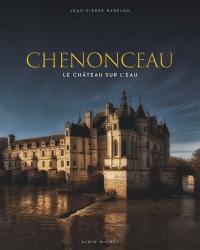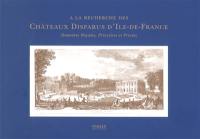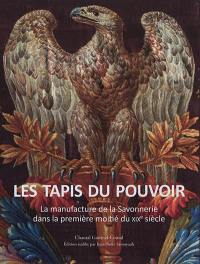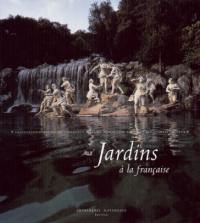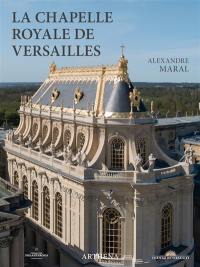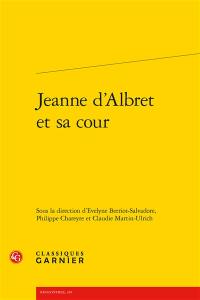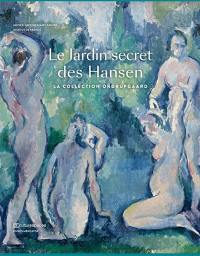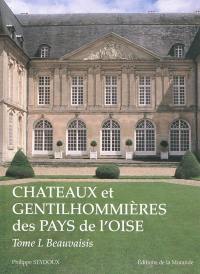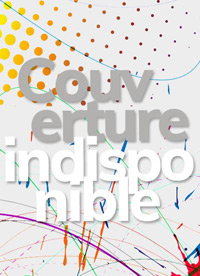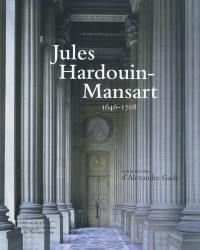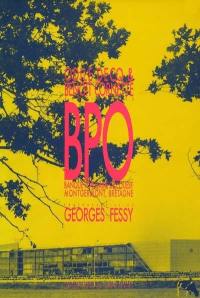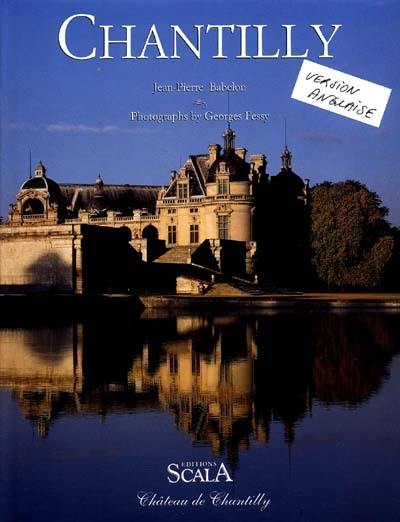
Fiche technique
Format : Relié
Nb de pages : 248 pages
Poids : 1335 g
Dimensions : 21cm X 27cm
EAN : 9782866562045
Chantilly
Quatrième de couverture
Henri IV, a frequent guest at Chantilly, called it "the most beautiful house in France". The château strikes visitors with its originality, expressed both in the arrangement of the natural site and the story of the men and women who shaped it and dwelt there.
The manner in which the gardens are laid out is the first indication of Chantilly's exceptional nature ; Le Nôtre chose to create a random order, abandoning the option of a single axis as seen at Versailles.
The architecture too demonstrates undeniable originality. The château's residents - the d'Orgemonts, Montmorencys, Condés and later the duc d'Aumale - all had the same fondness for the place, which prompted them constantly to build, demolish, rebuild and alter it, calling on the finest architects of the day : Chambiges, Bullant, Mansart, Aubert and Daumet.
The rich history of France has led Chantilly to occupy the eminent position appropriate to it. The château surrounded by its huge estate has had a place in that history from the start of the Capetian Dynasty. Over the centuries it belonged to outstanding men who were ever closer to the power of the monarchy, and then to the royal family itself. By the end of the seventeenth century, in the hands of these champions of aristocratic power, Chantilly had become virtually a rival principality to Versailles, its splendid festivities and legendary hunts attracting large numbers of courtiers, artists and men of letters. At the time of the French Revolution the Grand Château was dismantled, and it was not until the duc d'Aumale, who inherited Chantilly half a century later, undertook major restoration work that the château was returned to its former splendour. He also made it the setting for the superb collections of paintings and works of art he had amassed throughout his life. In 1887 the duc bequeathed the whole complex to the Institut de France which still owns it, enjoining them to open the museum and gardens to the public.
It is the thrilling story of this place and its occupants that is told here. The old documents and plan drawings allow us to visualise the château century after century, portraits acquaint us with its owners, and superb photographs of the house and grounds today enable us to follow the adventure of Chantilly right up to the present time.





